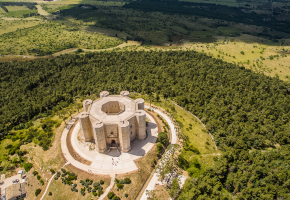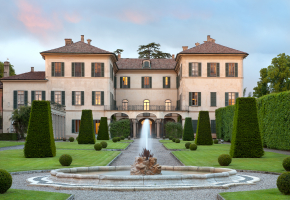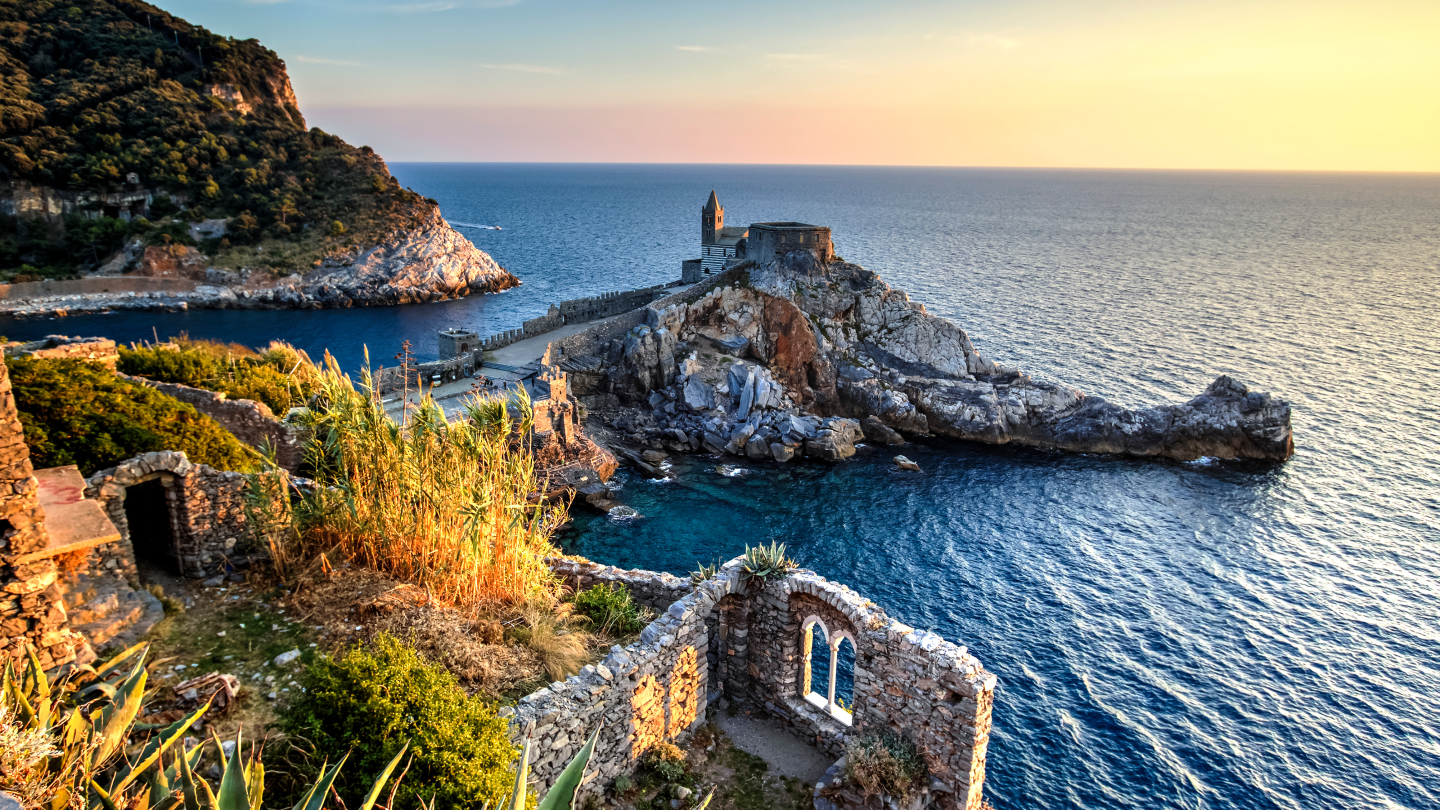
Future Generations
UNESCO World Heritage: Safeguarding global legacies for future generations

THE FOUNDING OF UNESCO’S WORLD HERITAGE
UNESCO's World Heritage and its conservation program originated with the signing of the "Convention concerning the Protection of the World Cultural and Natural Heritage" in 1972. Its aim was to identify, protect, and preserve sites of exceptional cultural and natural significance globally, emphasizing the growing importance of safeguarding humanity's common heritage for future generations.
Since 2023, UNESCO has acknowledged the increasing need to preserve not only physical monuments and historical sites but also cultural practices and traditions integral to a community's identity. The emergence of Intangible Cultural Heritage underscores the crucial need to protect cultural diversity worldwide and foster mutual respect among communities.
UNESCO and the World Heritage Convention play a pivotal role in encouraging the sustainable conservation and management of our extraordinary global heritage. They are committed to going beyond mere prestigious recognition to safeguard the diversity and beauty of our world for future generations.
Browse the list of Intangible Cultural Heritage in Italy.
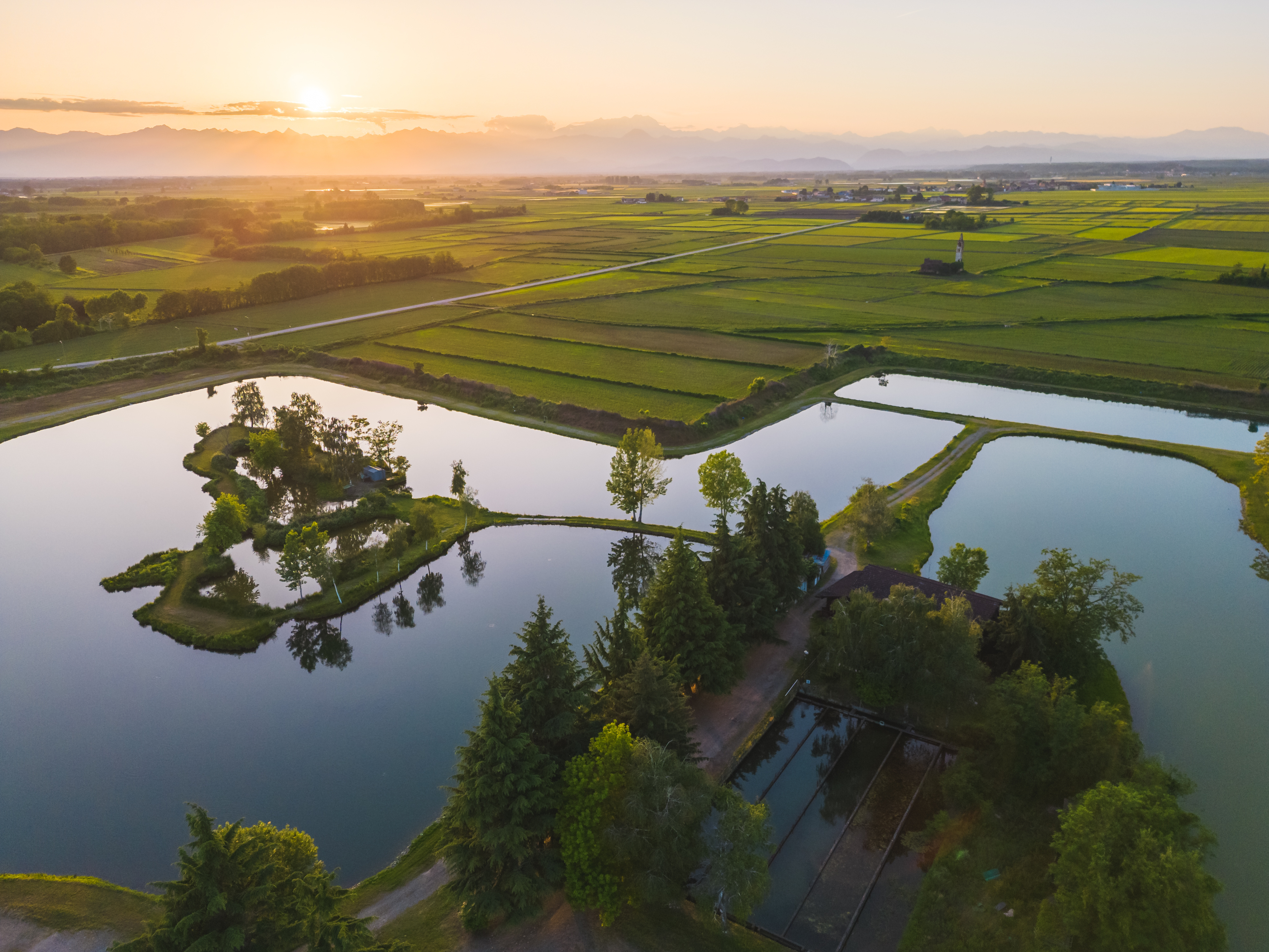
The concept of Exceptional Universal Value
For a site, whether cultural, natural, or intangible, to be included in the World Heritage List, it must be deemed to have "exceptional universal value." This value encompasses the cultural, historical, or scientific contributions of the material or immaterial site, along with considerations of authenticity and integrity. The exceptional nature of a site justifies its permanent protection by the international community for the benefit of present and future humanity.
How many UNESCO sites are there in the world and in Italy?
Globally, there are 1199 UNESCO sites, encompassing not only individual monuments or natural sites but also cultural landscapes, entire cities and industrial sites. Italy boasts an impressive 59 sites on the UNESCO World Heritage list, thanks to its long and rich history, artistic and architectural masterpieces and well-preserved historic centers, significant archaeological sites, and unique natural landscapes. In addition, Italy counts 17 elements as part of the UNESCO Intangible Cultural Heritage, including the art of Neapolitan pizza-making (2017); the Mediterranean diet (2010), recognizing the fundamental principles of a balanced diet; and the Opera dei Pupi, the art of Sicilian puppeteers (2008).

Intangible Cultural Heritage: Opera dei Pupi
In an era where culture and history are at risk of being forgotten, the Opera dei Pupi emerges as a beacon of Sicilian tradition and identity. These marionettes are not merely skillfully carved wooden figures but living guardians of the island's rich cultural heritage. The art of the puppets continues to thrive, making a significant contribution to the enhancement and preservation of Sicilian cultural heritage, ensuring that the exploits of its heroes are passed down to future generations.
Discover more here.
The new UNESCO site in Italy - 2023
Evaporitic Karst and Caves of Northern Apennines
This serial property is an unusually well-preserved and extensive epigenic gypsum karst terrain. It includes a very high density of caves: over 900 caves with over 100 km of caves in total. It is the first and the best studied evaporitic karst in the world, with academic work beginning in the 16th century. It also includes some of the deepest gypsum caves in existence, reaching 265 meters below the surface.
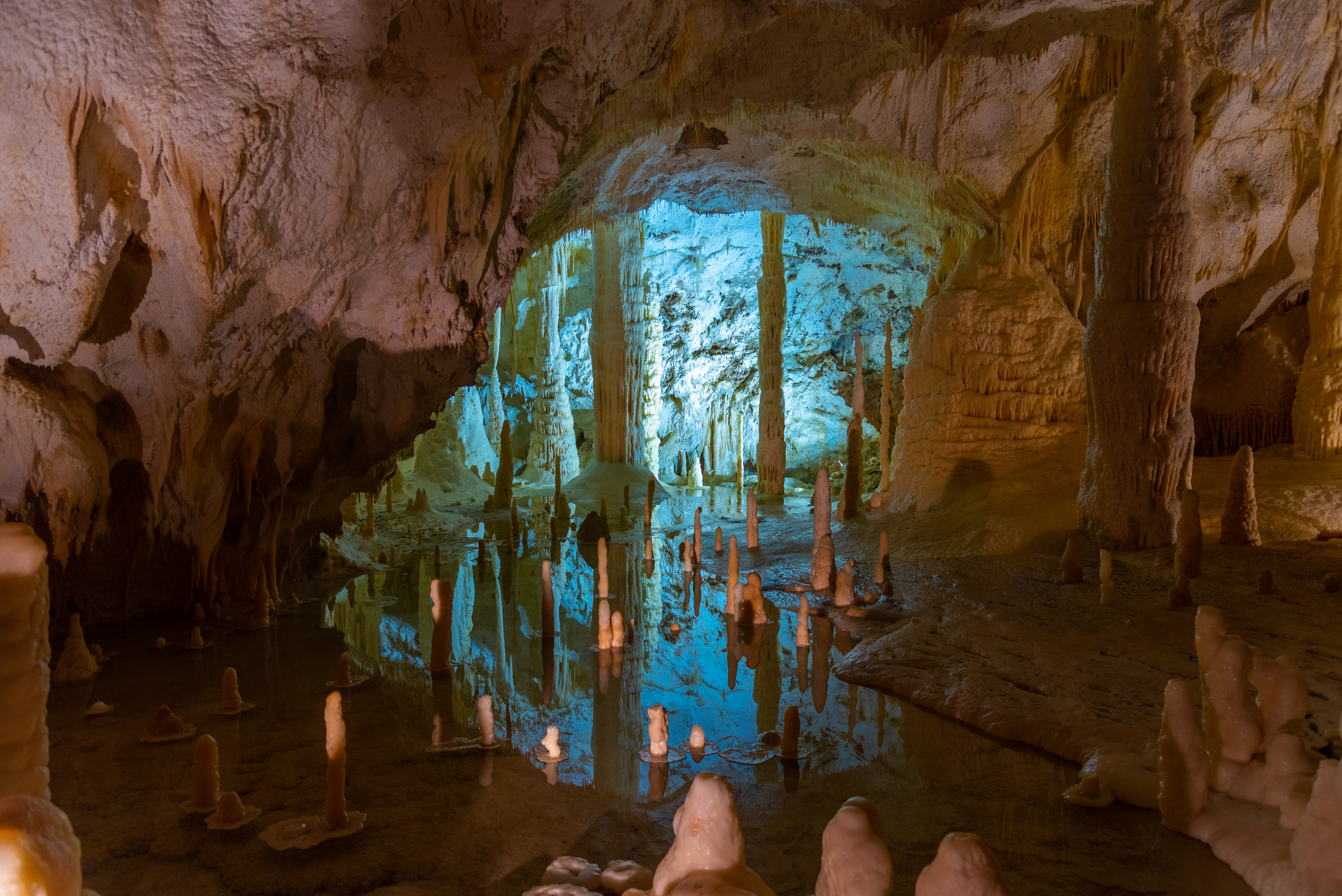
New UNESCO Candidature 2024 in Italy
La Via Appia Antica - Rome
La Via Appia Antica, known as the "Queen of Roads," is a significant ancient Roman thoroughfare connecting Rome to Southern Italy. Its archaeological remnants bear witness to advanced engineering and the grandeur of the Roman Empire, while its landscape of ancient cypresses and pines transports us to bygone eras. As a tourist destination, it attracts visitors worldwide, offering an educational and cultural experience. Its preservation is crucial to maintaining a tangible link with the past, ensuring that this historic road continues to inspire future generations.
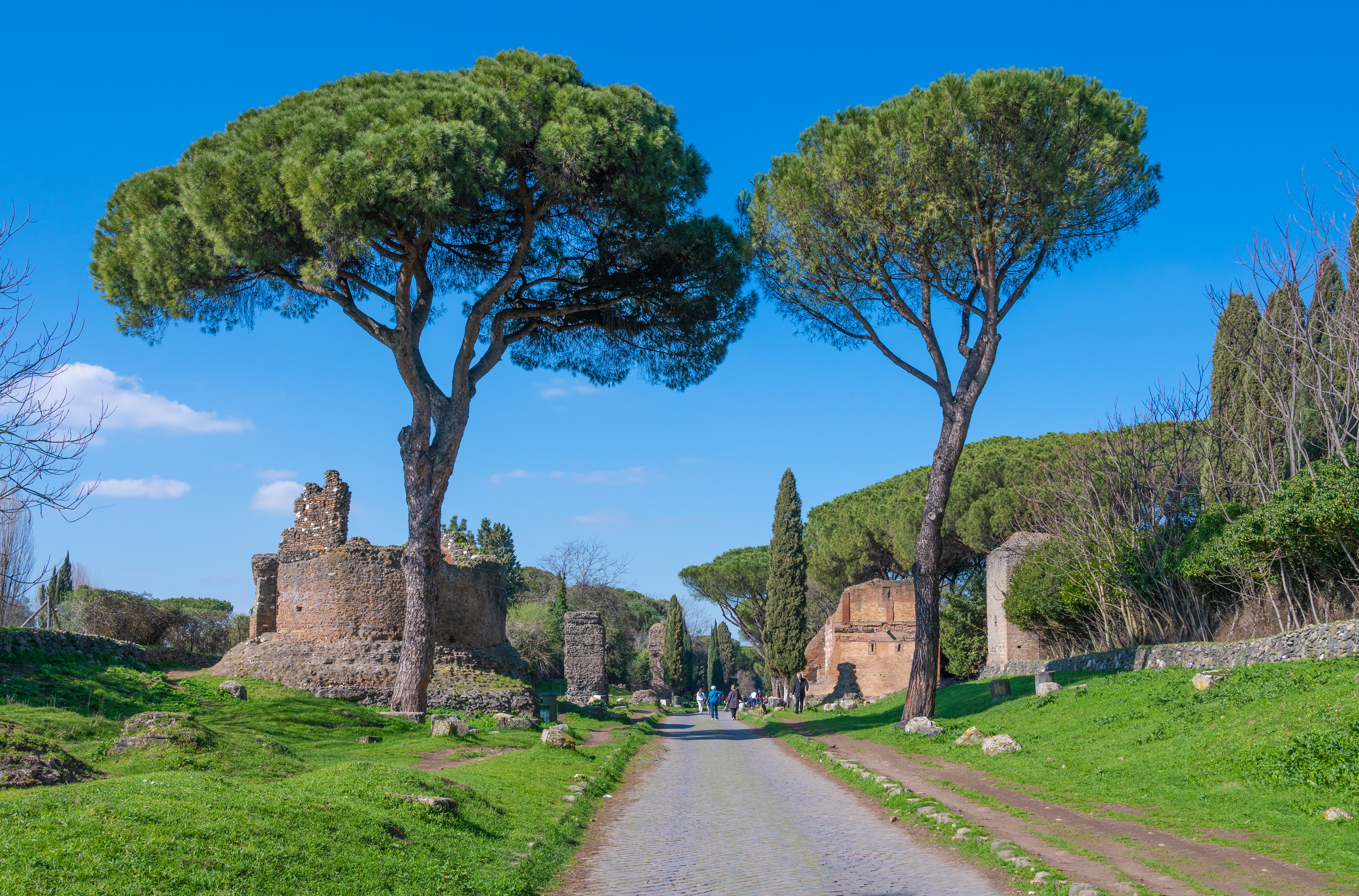
Minister of Culture Dario Franceschini announced the commencement of the candidacy process for UNESCO World Heritage status for the Via Appia Antica, stating, "The Appian Way is a route to be valued and placed at the center of slow tourism to strengthen the offering of new attractions such as walks and sustainable routes, fundamental for the cultural development of inland areas, as well as for the protection of our heritage. The Queen of Roads connects territories rich in extraordinary cultural, archaeological, and landscape heritage and has the potential to become one of the largest European routes.” In these words, the Minister of Culture, Dario Franceschini, announced the initiation of the UNESCO World Heritage nomination process for the Via Appia.
Explore more on the UNESCO World Heritage Sites: The sassi and the park of the rupestrian churches of Matera
Related articles
10154
Torino (TO)
